Taunton Then and Now: City's industrial heyday and a history of Winthrop St. Baptist Church
An oft-quoted piece of advice tells us to leave work at work.
At the end of the day, whatever happened during our shift, good or bad, we leave it right there, and take ourselves home.
But what happens when where you live used to be where people worked?
In the latest Taunton Then and Now, we explore how some remnants from the city’s industrial heyday remain, having been turned from mills into residences.
We also take a look at the long history of the Winthrop Street Baptist Church, the origins of which go back as far as the 18th century.
Then, there are the homes of yesterday, with some of them still standing, others gone, and some even dismantled and moved clear across Massachusetts, finding a new place to live.
Let’s take a tour of some of the history of labor, religion, and homemaking from around Taunton, then and now.
Williams Stove Lining Company
All sorts of manufacturers once occupied the Weir, taking advantage of its proximity to the river and transforming the neighborhood into an industrial and manufacturing haven. There were several companies in Taunton that engaged in various aspects of the stove-making industry, including the Williams Stove Lining Company, which was once located on West Water Street.
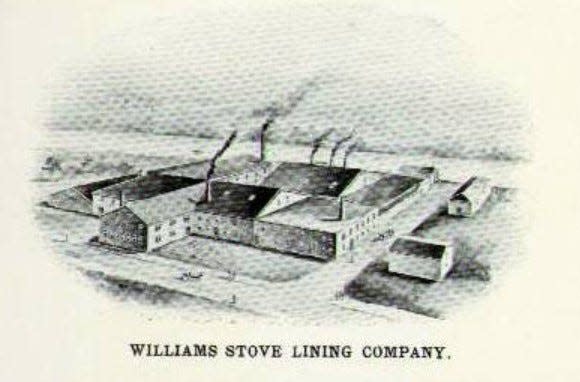
Today, West Water Street looks different, of course, but the Weir neighborhood is still teeming with local businesses.
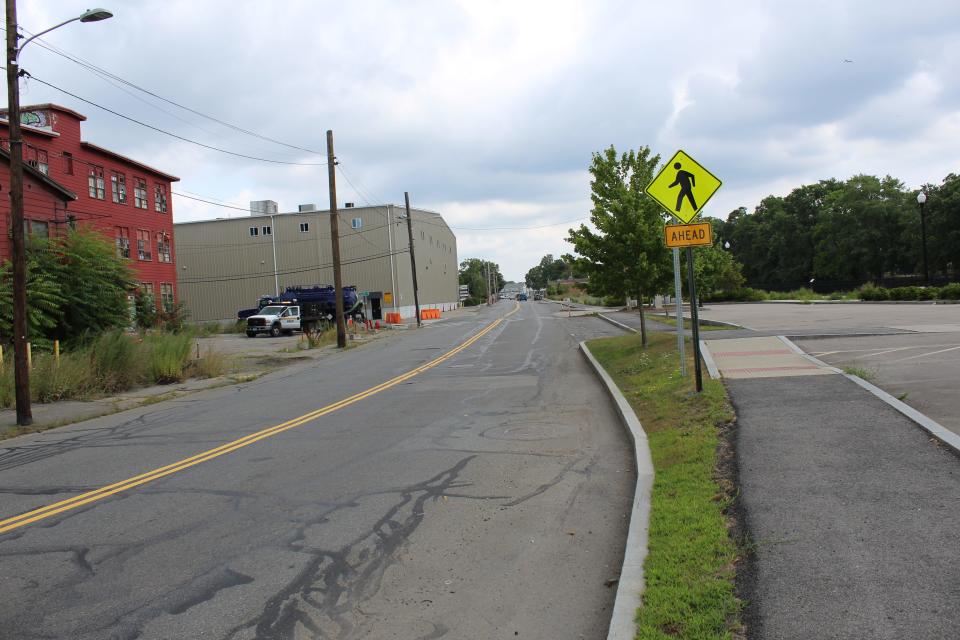
Staples & Phillips Coal Company
Once located at 10 W. Water St., the Staples & Phillips Coal Company was “successful from the first day it opened its doors,” according to “A History of Taunton Massachusetts” by Dr. William Hanna.
The company was started in 1857 by Sylvanus N. Staples and William H. Phillips. They were both former Taunton River schooner captains. During their partnership, which lasted 30 years, their fleet transported cargo from New York to their piers in Somerset and at the Weir, according to Hanna. After they divided their assets, Phillips went on to be the proprietor of the Taunton Iron Works. Staples stayed and incorporated the company in 1888.
Real estate report: Supersized Taunton home (triple the average size) sells for $800,000
“At 77 years of age, he spent the remainder of his life placing the company on a course that would make it New England’s largest coal distributor,” Hanna writes.
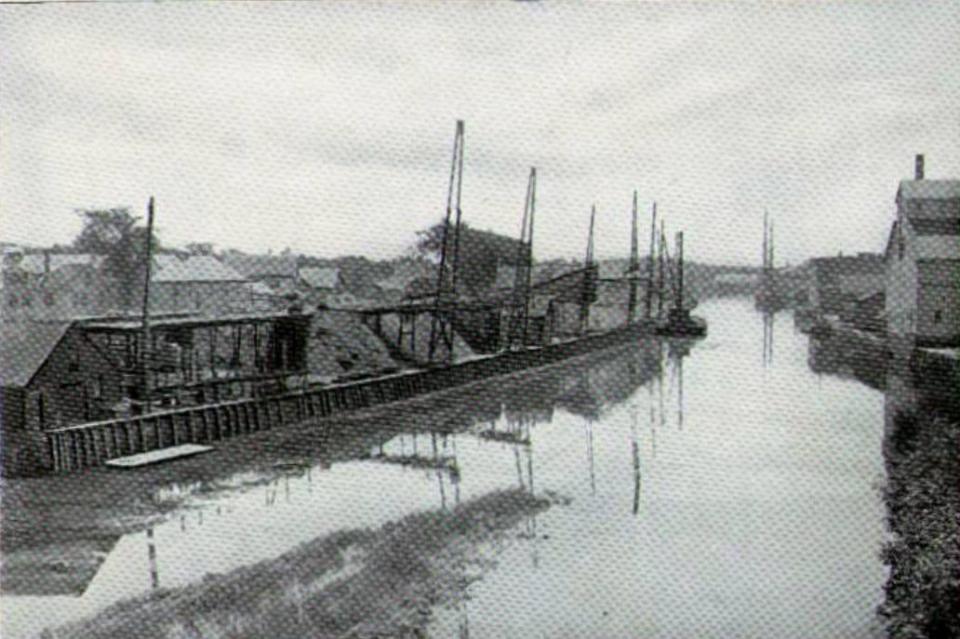
Staples died in June 1893, less than two months after Phillips.
The company went on into the 20th century though.
Hanna writes, “By 1929, well after the introduction of motor trucks, the company was delivering over one million tons of coal annually.”
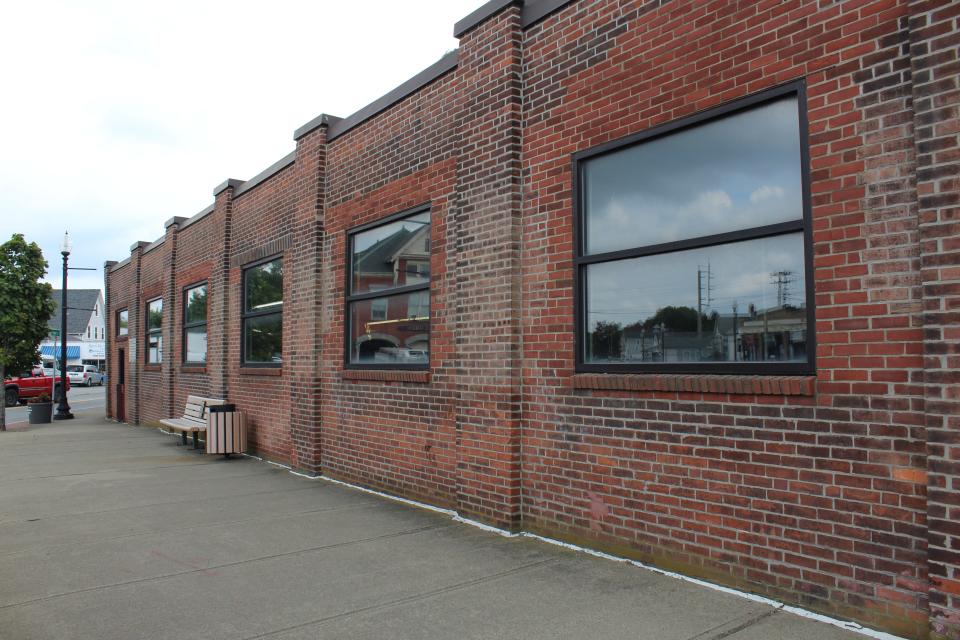
Although the Staples & Phillips Coal Company is no longer in business, that area of the Weir is still busy with industry: H&H Machine Machine Co. is in the area, at 20 W. Water St.
Cohannet Mill No. 3
Once a cotton mill, the Cohannet Mill No. 3 on Ingell Street was built in 1890, according to Hanna. Mill No. 1 was constructed in 1874 and Mill No. 2 was built in 1881.
Mill No. 3 is the only one of the Cohannet Mill buildings left, and it was placed on the National Register of Historic Places in 2006.
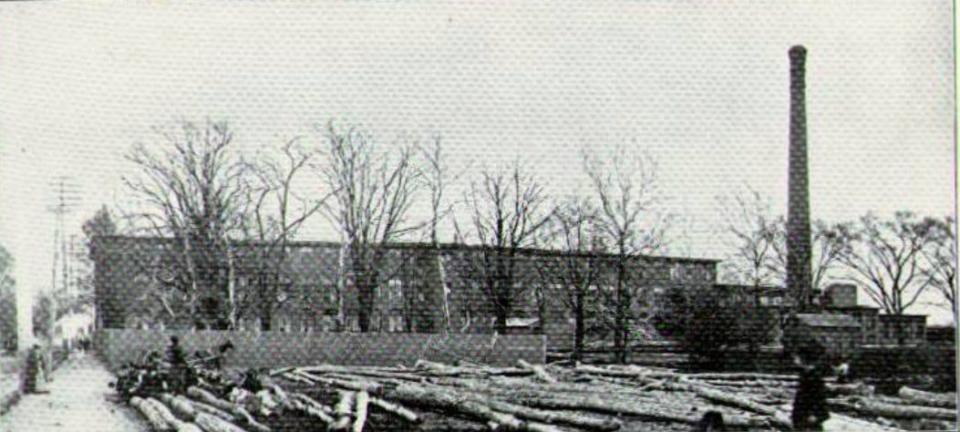
Today, it’s now an apartment complex, “Robertson on the River.”
There are still offices at the old mill too: The Neighborhood Corporation, Middlesex Corporation, and Scott Realty.
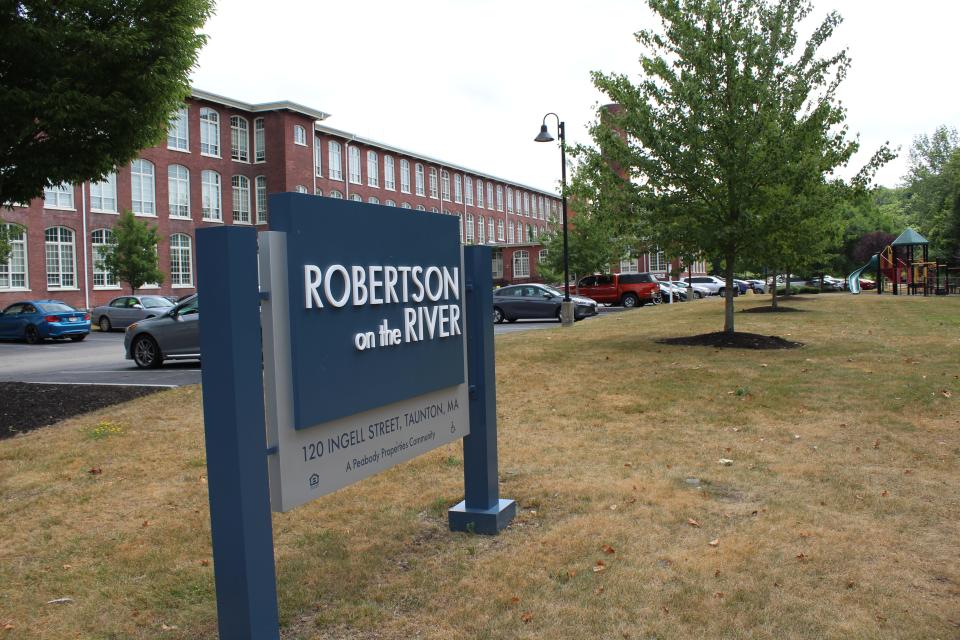
Grace Methodist Episcopal Church
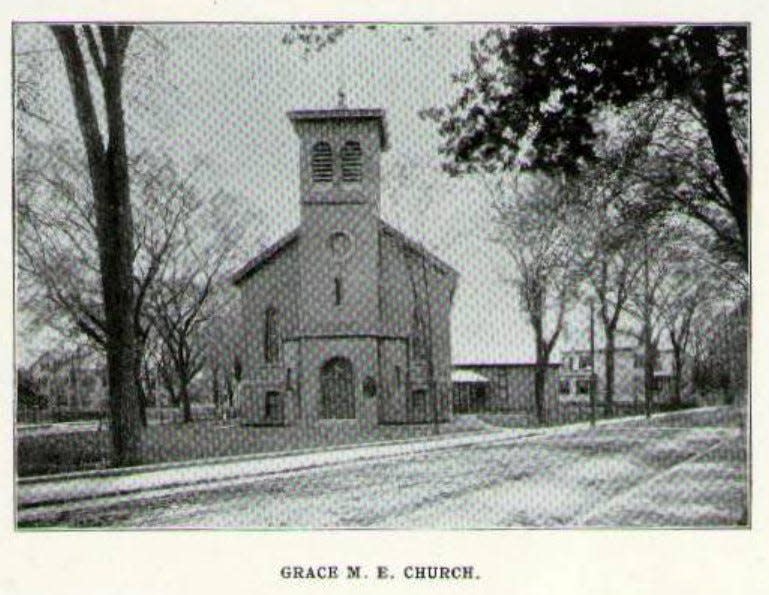
Opening its doors in 1874 according to Hanna, the Grace Methodist Episcopal Church was located on Weir Street, on the corner of Somerset Avenue. Today, that area is a busy intersection, with G&S Pizza nearby.
Atlas Tack Company’s Works
At one time, the Atlas Tack Company was the world’s largest producer of wire tacks, bolts, shoe eyelets, bottle caps, and other small hardware.
They had three mills in Taunton, and one in Fairhaven.
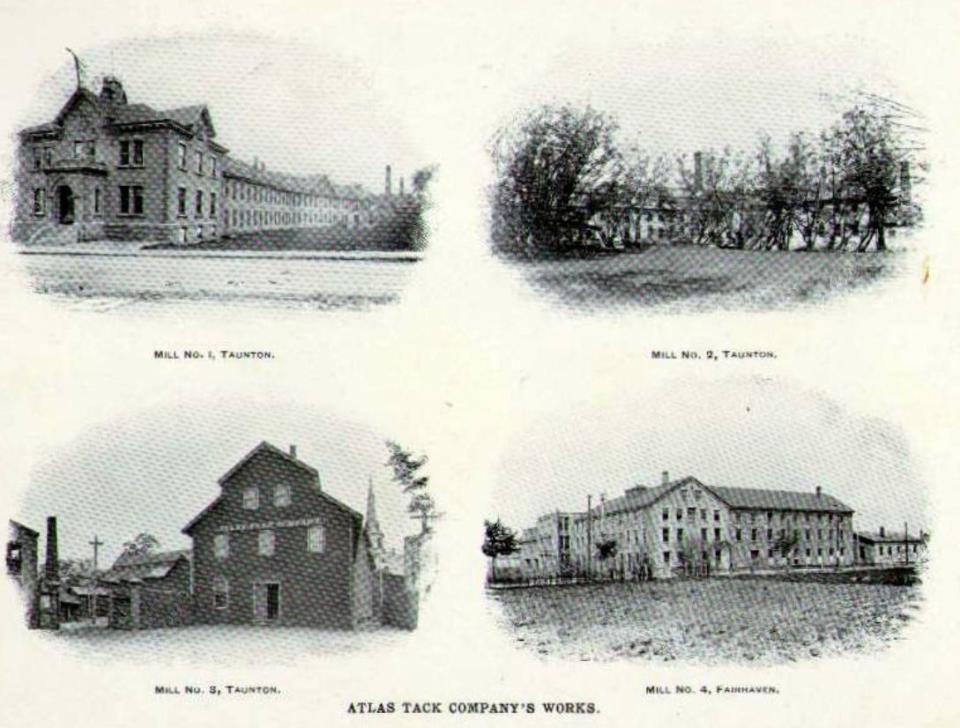
Mill No. 1, at 19 Spring St. in Taunton, is now an apartment complex.
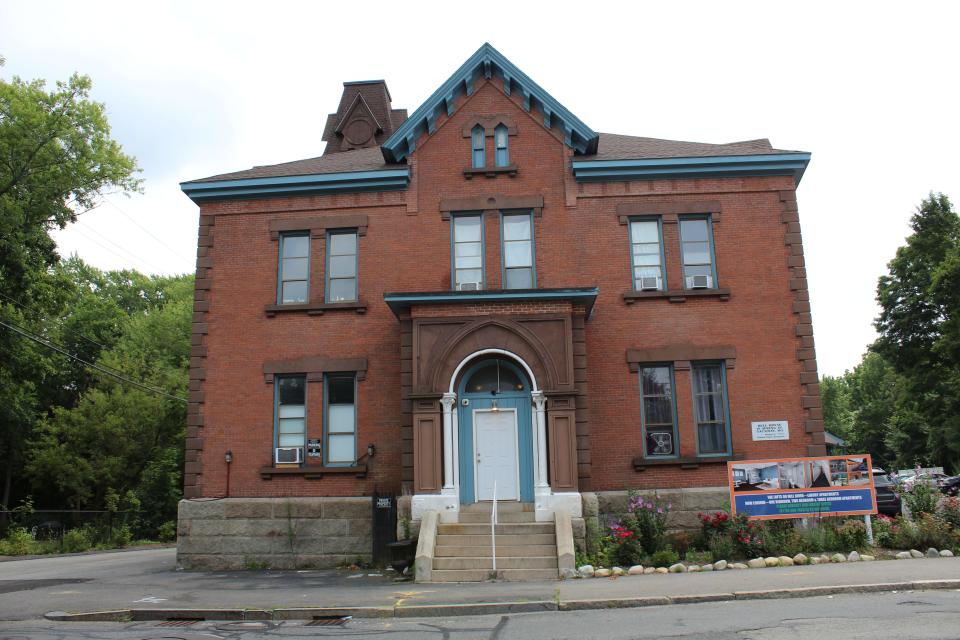
Trefethen-Redfern House
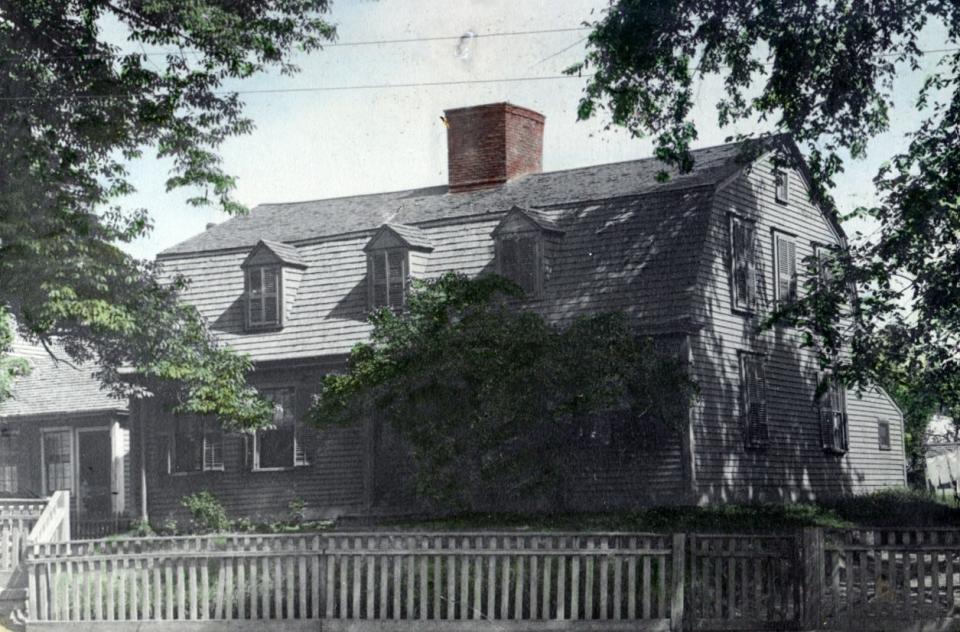
The Trefethen-Redfern house was a Dutch Colonial Revival style home that once stood at 60 High St. It was dismantled in the late 1920s and carried to West Springfield, where it was put back together. Today, that part of High Street sits near the Old Colony YMCA.
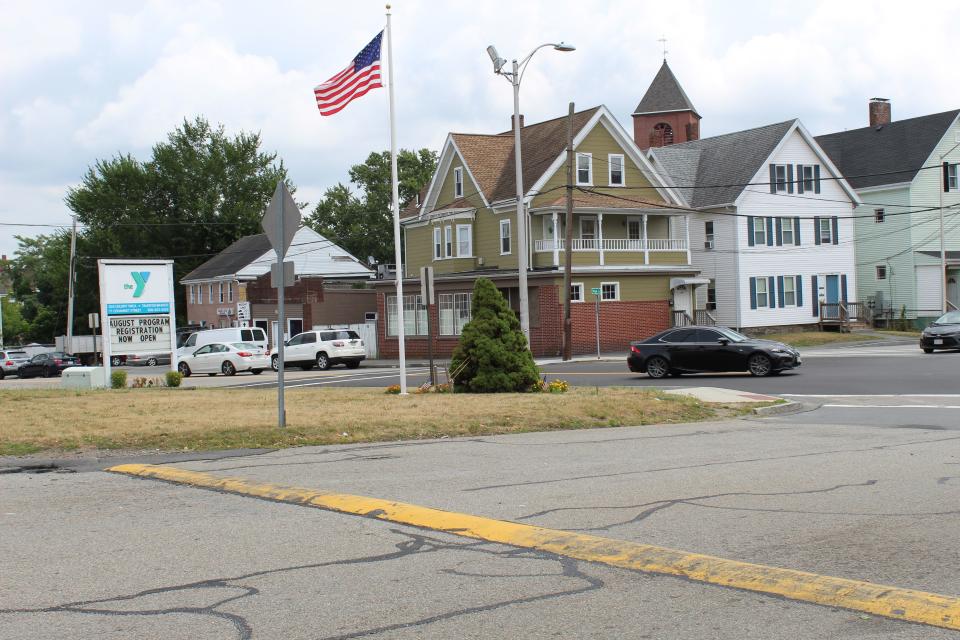
Winthrop Street Baptist Church
Located at 39 Winthrop St., the Winthrop Street Baptist Church has a long history in Taunton, with its origins going back as far as the 18th century.
According to “A History of the Winthrop Street Baptist Church: June 16, 1819 - June 16, 1944,” by A. Malcolm Mager and “A History of Winthrop Street Baptist Church: May 1945 - May 1999,” by Everett A. Leonard and Donna B. Smith, the original members of the church came from the first 18th-century Baptist church in Taunton. In 1819, the Winthrop Street Baptist Church, the second Baptist church in Taunton, was formed. They built their first church in 1824 on High Street. Their first regular pastor, Silas Hall, was installed in 1826. In 1845, they changed their name from The Second Baptist Church to The Taunton Green Baptist Church. In 1864, they became the Winthrop Street Baptist Church.
There was another church building on the site where the current one stands. This second building was begun in 1862 and built in the Gothic Revival Style. It was dedicated in Oct. 1865.
The first service held there was in the unfinished vestry on April 19, 1865: a memorial service for President Abraham Lincoln.
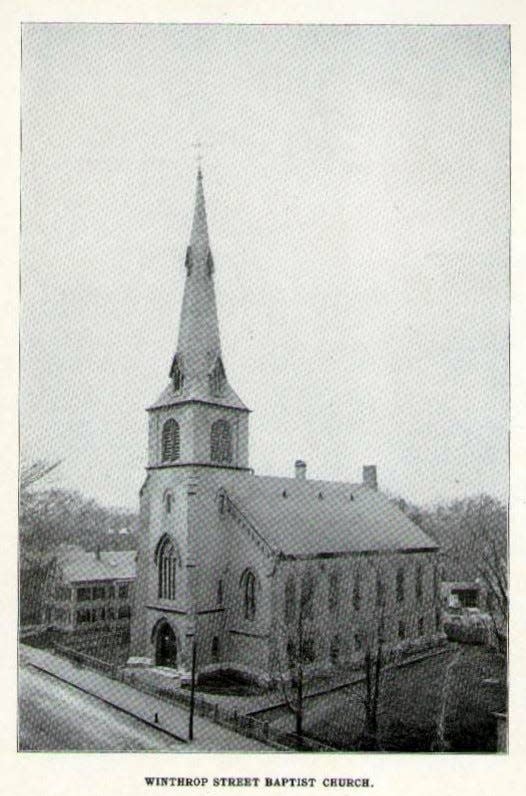
The Winthrop Street Baptist Church also survived the devastating Hurricane of 1938, with relatively little damage.
“Six or eight metal shingles blown from the roof were the only damage,” Mager writes.
The church’s original steeple was taken down in 1994 and replaced with the one seen today.
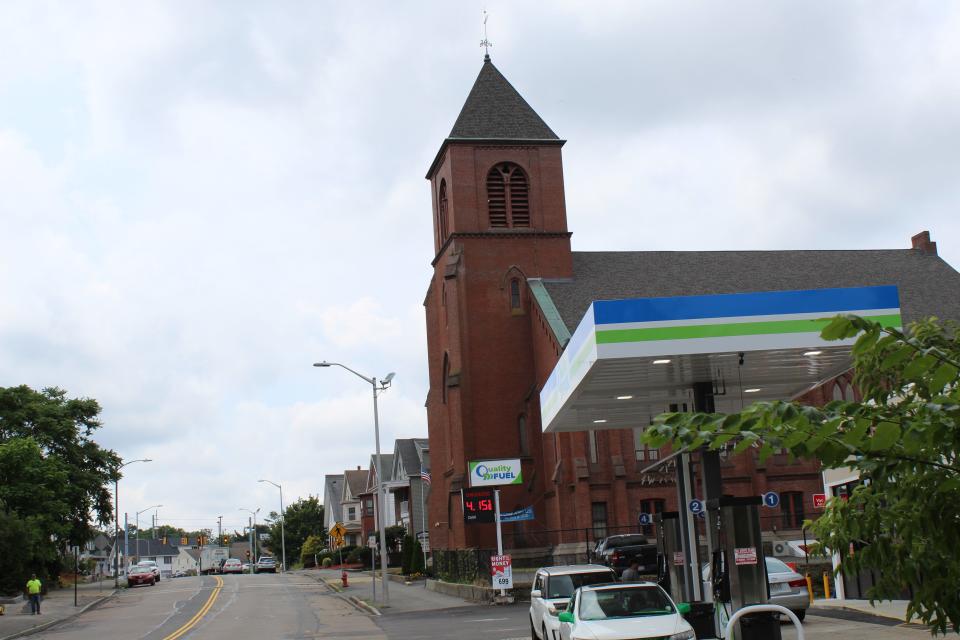
Winthrop Street Baptist Church was added to the National Register of Historic Places in 1984.
'Toxicity' and 'distrust': Taunton airport management and pilots butt heads
Benjamin Lincoln House
The property at 176 S. Walker St., listed in the Digital Commonwealth archives as the Benjamin Lincoln House, looks fairly similar to how it did in an undated image in the Taunton Public Library Louis H. Benton photographs collection.
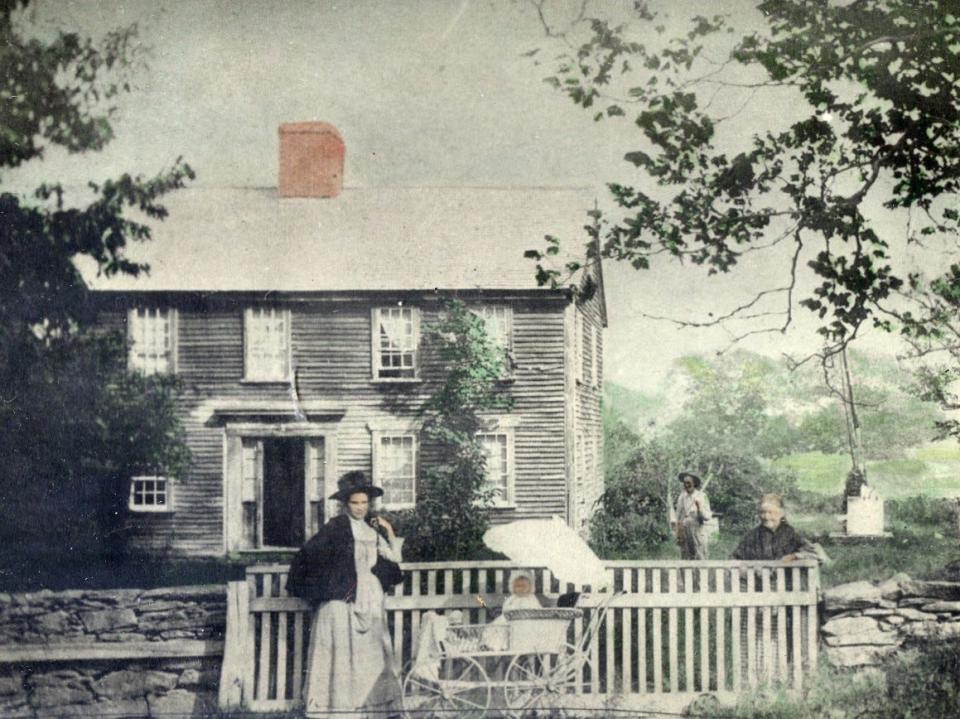
It has some modern updates to the outside, though the structure itself appears relatively unchanged over the years.
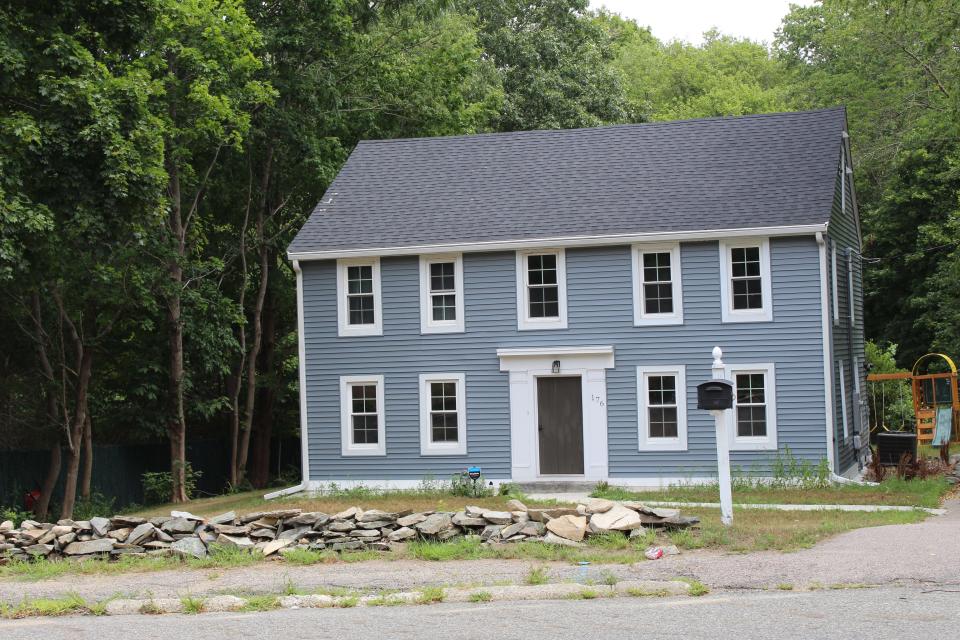
Shadrach Sherman House
Conversely, the home located at 169 School St. looks nothing like the home that was there in 1883.
Digital Commonwealth lists the two-story 19th-century home at 169 School St. as the Shadrach Sherman House.
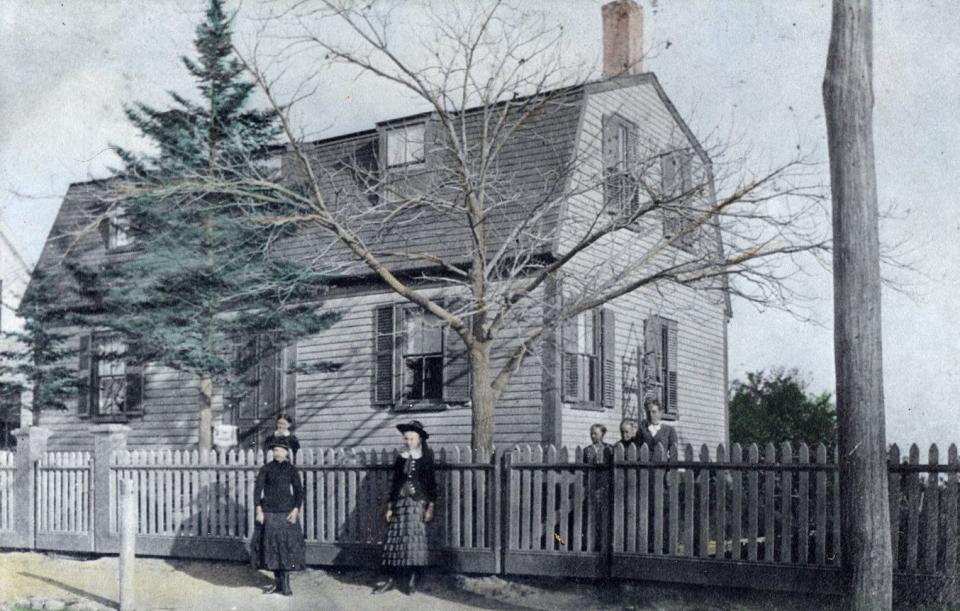
The house that’s there today has three stories and is a multi-family home.
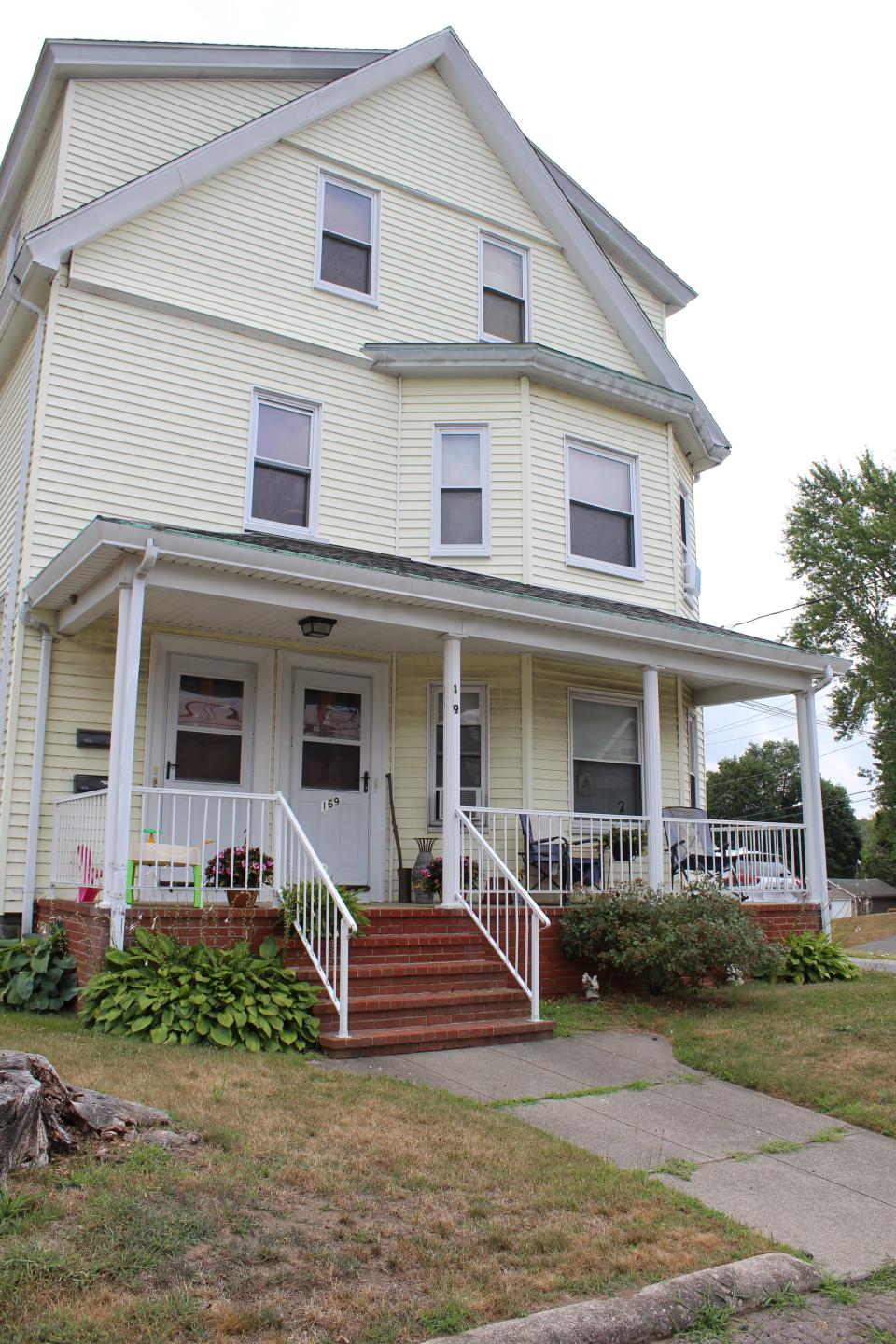
Charles Lovering House
The last stop on this tour of Taunton then and now is to a home that is no longer there.
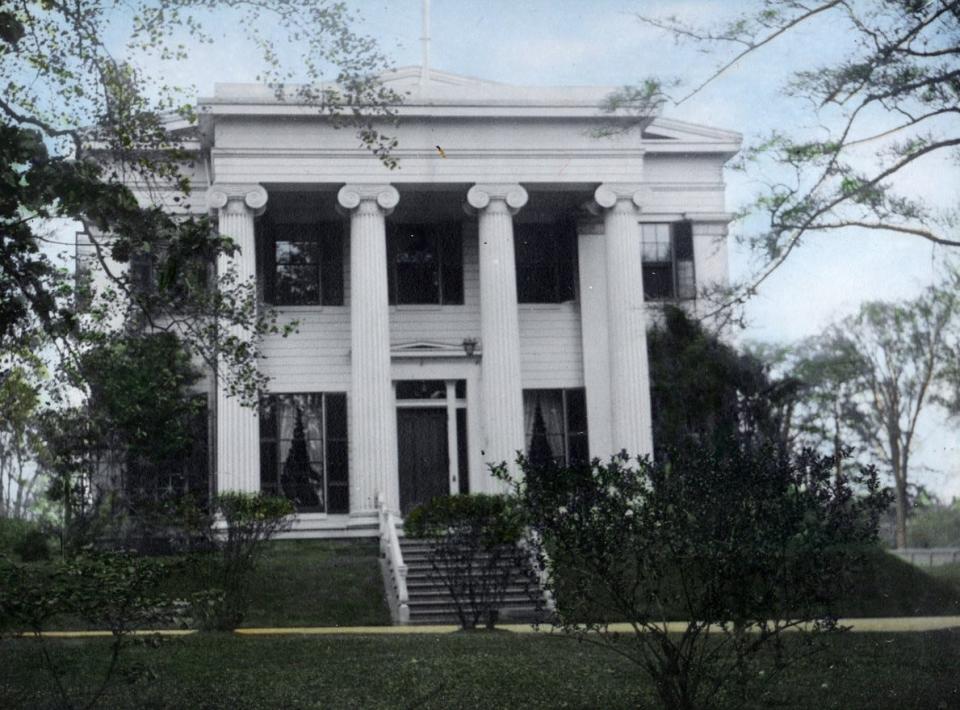
Listed in the Digital Commonwealth archives as the Charles Lovering House, the home that once stood at 10 Dean St. was razed during the 1940s.
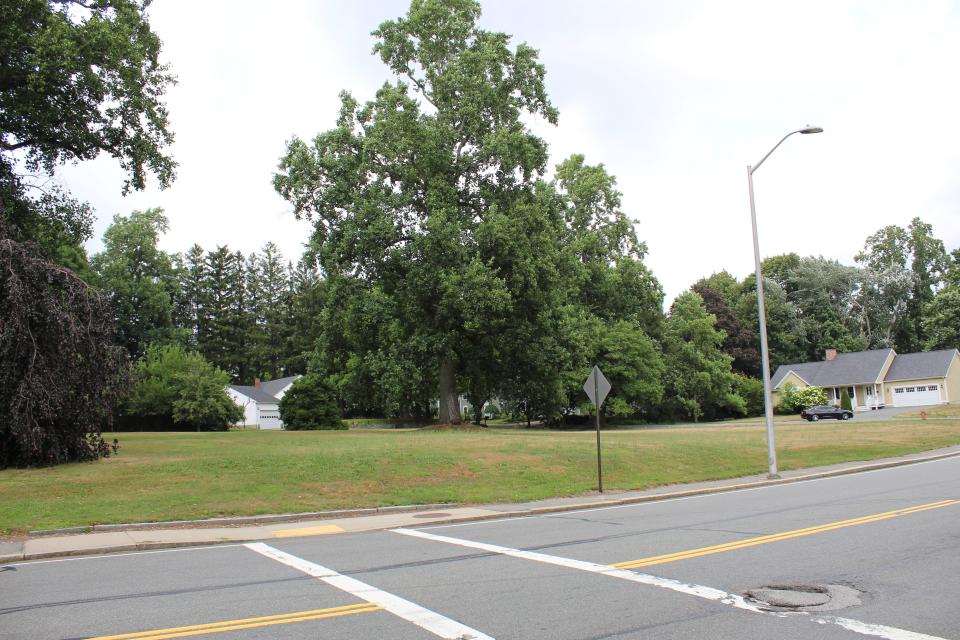
Today, that area is part of another property, with tall trees looming over the traffic that never seems to quit on busy Dean Street.
Taunton Daily Gazette/Herald News copy editor and digital producer Kristina Fontes can be reached at kfontes@heraldnews.com. Support local journalism by purchasing a digital or print subscription to The Herald News and Taunton Daily Gazette today.
This article originally appeared on The Taunton Daily Gazette: Taunton Then and Now Staples Coal Cohannet Mills Winthrop St Baptist

